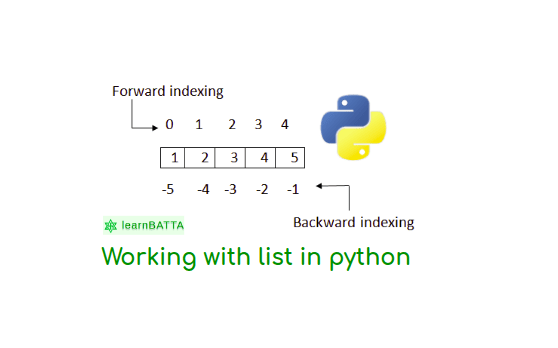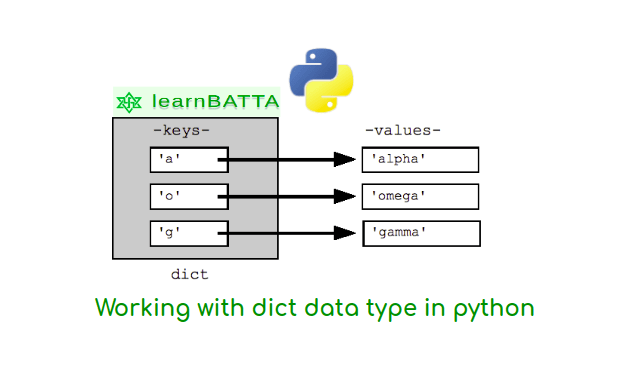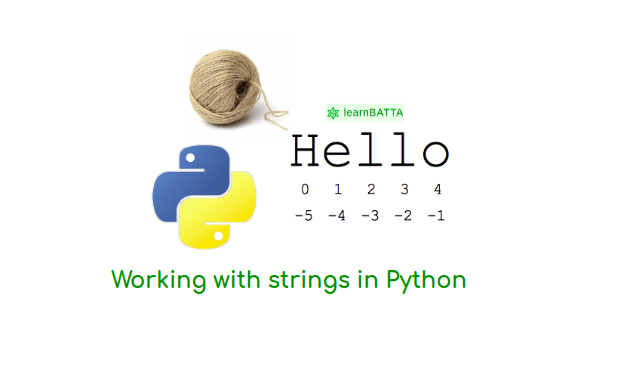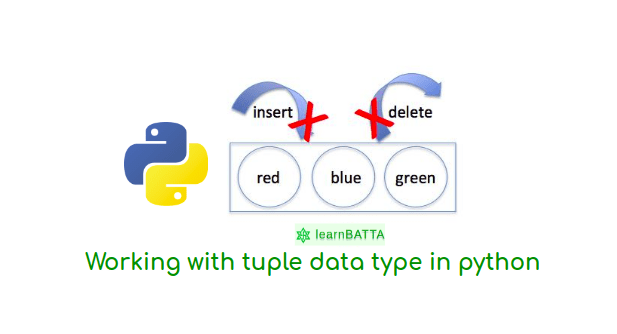Python Working With Lists¶

List is a one of the most used data types in python programming. It is a heterogeneous and ordered set of data structure in python. As it is an ordered data structure so, it obliviously supports indexing. We can access the elements of a list using index. It supports both positive and negative indexing. Positive index starts from 0 and negative index starts from -1. In general we call negative indexing as reverse indexing.
Basic operations of List in Python¶
- Representation of list
# create an empty list
lst = []
# create a list with initial elements
lst = [1,2,3]
# type conversion using "list" built-in function
s = 'google'
ouput = list(s)
print(ouput)
# Output: ['g', 'o', 'o', 'g', 'l', 'e']
d ={1:1, 2:2}
ouput = list(d)
print(ouput)
# Output: [1,2]
t = (1, 2, 'a')
ouput = list(t)
print(ouput)
# Output: [1,2]
- Accessing element in a list using indexes
lst = ["hi", "hello", 3.27, 1000, {1:1}]
d = lst[-1]
print(d)
# Output: {1:1}
s = lst[0]
print(s)
# Output: hello
not_exists = lst[100]
# Output: IndexError: list index out of range
We can store objects any kinds in the list data structure in python. In above code we have accessed the elements with both positive and negative indexes. When we access with index that is not in the range of objects we get IndexError.
Working with list methods in python¶
- Working with "append" list method in python
# L.append(object) -- append object to end
lst = ["hi", "hello"]
new_obj = "world"
lst.append(new_obj)
print(lst)
# Output: ["hi", "hello", "world"]
- Working with "count" list method in python
# L.count(value) -> integer -- return number of occurrences of value
lst = ['hi', 'hello', 'world', 'hi']
count = lst.count('hi')
print(count)
# Output: 2
Using this method we can count the number of occurences of a given object.
- Working with "extend" list method in python
# L.extend(iterable) -- extend list by appending elements from the iterable
lst = ['hi', 'hello', 'world']
iter_obj = (1,2,3,4)
lst.extend(iter_obj)
print(lst)
# Output: ['hi', 'hello', 'world', 1, 2, 3, 4]
Using this method we can add the group of objects to the list in a single operation.
- Working with "index" list method in python
# L.index(value, [start, [stop]]) -> integer -- return first index of value.
lst = ['hi', 'hello', 'world']
index = lst.index("world")
print(index)
# Output: 2
It returns the positive index of first occurrence of the given object/element. Raises ValueError if the value is not present. We can specify the start and end indexes to look for given object.
- Working with "insert" list method in python
# L.insert(index, object) -- insert object before index
lst = ['hi', 'hello', 'world']
lst.insert(1, "google")
print(lst)
# Output: ['hi', 'google', 'hello', 'world']
"insert" method inserts an object in a given index. It will not replace the object of a given index.
- Working with "pop" list method in python
# L.pop([index]) -> item -- remove and return item at index (default last).
lst = ['hi', 'hello', 'world']
pop_obj = lst.pop(1)
print(pop_obj)
# Output: 'hello'
pop_obj = lst.pop(100)
print(pop_obj)
# Output: IndexError
- Working with "remove" list method in python
# L.remove(value) -> None
lst = ['hi', 'hello', 'world', 'hello']
lst.remove('hello')
print(lst)
# Output: ['hi', 'world', 'hello']
lst.remove('hyd')
# Output: ValueError: list.remove(x): x not in list
- Working with "reverse" list method in python
# L.reverse() --> None
lst = ['world', 'hello', 0, 3, 'hello', 'hi', 4, 2, 1]
lst.reverse()
print(lst)
# Output: [1, 2, 4, 'hi', 'hello', 3, 0, 'hello', 'world']
- Working with "sort" list method in python
# L.sort(cmp=None, key=None, reverse=False) --> None
lst = [0, 4, 2, 1]
lst.sort()
print(lst)
# Output: [0, 1, 2, 4]
References:
* https://developers.google.com/edu/python/lists * https://docs.python.org/3/tutorial/datastructures.html


